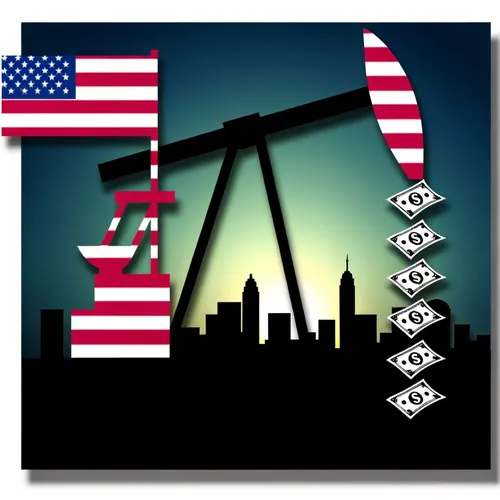DOGE Slashes $130 Billion in Federal Spending Under Trump Administration Amid Controversy and Legal Challenges
- Author
- Quiet. Please
- Published
- Sat 12 Apr 2025
- Episode Link
- https://www.spreaker.com/episode/doge-slashes-130-billion-in-federal-spending-under-trump-administration-amid-controversy-and-legal-challenges--65551039
The Department of Government Efficiency (DOGE) continues to drive an aggressive overhaul of federal spending under the Trump administration, a move many are labeling both revolutionary and controversial. Launched in January 2025 with Elon Musk as senior advisor, DOGE has been targeting what it deems "waste, fraud, and abuse" across government agencies. This week alone, the department announced the termination of 102 contracts totaling $215 million in potential savings, including projects like a $250,000 circadian lighting pilot and $195,000 consultation services at the Department of the Interior. As of its latest updates, DOGE claims an estimated $130 billion in savings since its creation, through measures such as agency layoffs, contract cancellations, and asset sales.
Yet, this sweeping effort has received mixed reactions. Advocates, including Vice President JD Vance, argue that it makes the federal government more accountable and aligned with the president's agenda. Critics, however, accuse the initiative of prioritizing ideological goals over practical governance. For example, programs addressing climate change and diversity, equity, and inclusion (DEI) have been disproportionately targeted, with millions cut from contracts linked to these initiatives. Federal employee layoffs have further fueled backlash; over 280,000 workers are said to be affected, including staff in critical areas like the Department of Veterans Affairs and Health and Human Services.
The legal and logistical chaos surrounding some of these moves shows no sign of slowing. DOGE's efforts align closely with Project 2025, a conservative think tank-led blueprint originally aimed at reshaping the bureaucracy. However, watchdogs and unions continue to push back, even as courts intervene to reinstate employees in some cases. Critics note that some of these terminations may exceed legal boundaries, raising questions about executive reach and oversight.
As the scope of DOGE's influence unfolds, one certainty remains: taxpayers are watching closely to see whether these rapid reforms deliver promised savings—or simply pump their money into prolonged legal battles and bureaucratic uncertainty.
